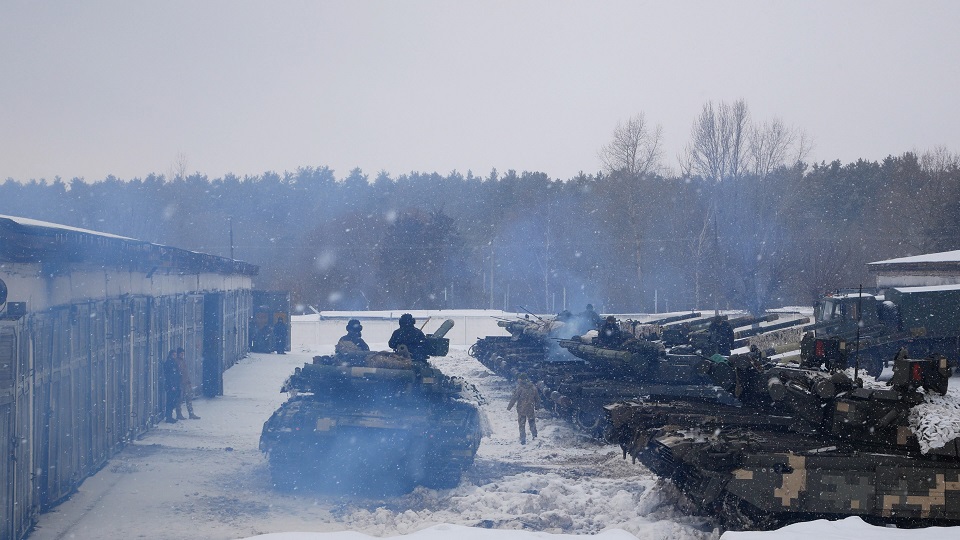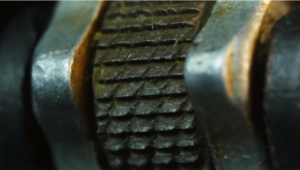Heat (measured in joules) is the measure of warm vitality (sub-atomic development) an object has and it can fluctuate depending on the mass of that particular substance. In case an object has an extensive mass, the warm vitality will also be expansive as it has a great deal of particles, while a littler item will have less warm vitality as it has less atoms.
Be that as it may, temperature is a measure of the relative warm vitality of something. Indeed, it is the level of hotness or coldness, measuring the normal motor vitality in the atoms of a substance. Temperature is not subject to the mass of an article, so objects of various sizes could have the same temperature, but their warmth will vary.
Thus, a mug of tea might have the same tempe rature as a shower of boiling point water, yet as the shower has more water, it takes more vitality to get its atoms to that temperature, and subsequently it has more warmth. Another example would be a swimming pool at 30°C, which is at a lower temperature than some tea at 80°C. Therefore, the swimming pool contains more water, so it stores more warm vitality than a cup of tea.
rature as a shower of boiling point water, yet as the shower has more water, it takes more vitality to get its atoms to that temperature, and subsequently it has more warmth. Another example would be a swimming pool at 30°C, which is at a lower temperature than some tea at 80°C. Therefore, the swimming pool contains more water, so it stores more warm vitality than a cup of tea.
Warmth is exchanged through radiation, conduction and convection. The sum that atoms are vibrating, pivoting or moving is an immediate capacity of the warmth content. Warmth is moved along like dominos thumping down their neighbours in a chain response. Temperature is the measure of the average sub-atomic movements in a framework and just has units of (degrees F, degrees C, or K).
In any case, as a general articulation (disregarding inactive warmth), as warmth vitality expands, the temperature will increase.










































































































